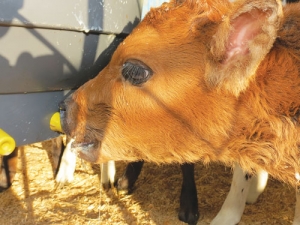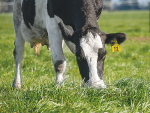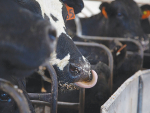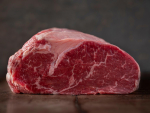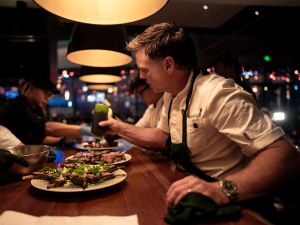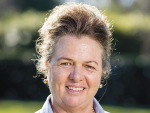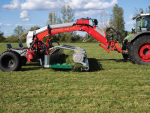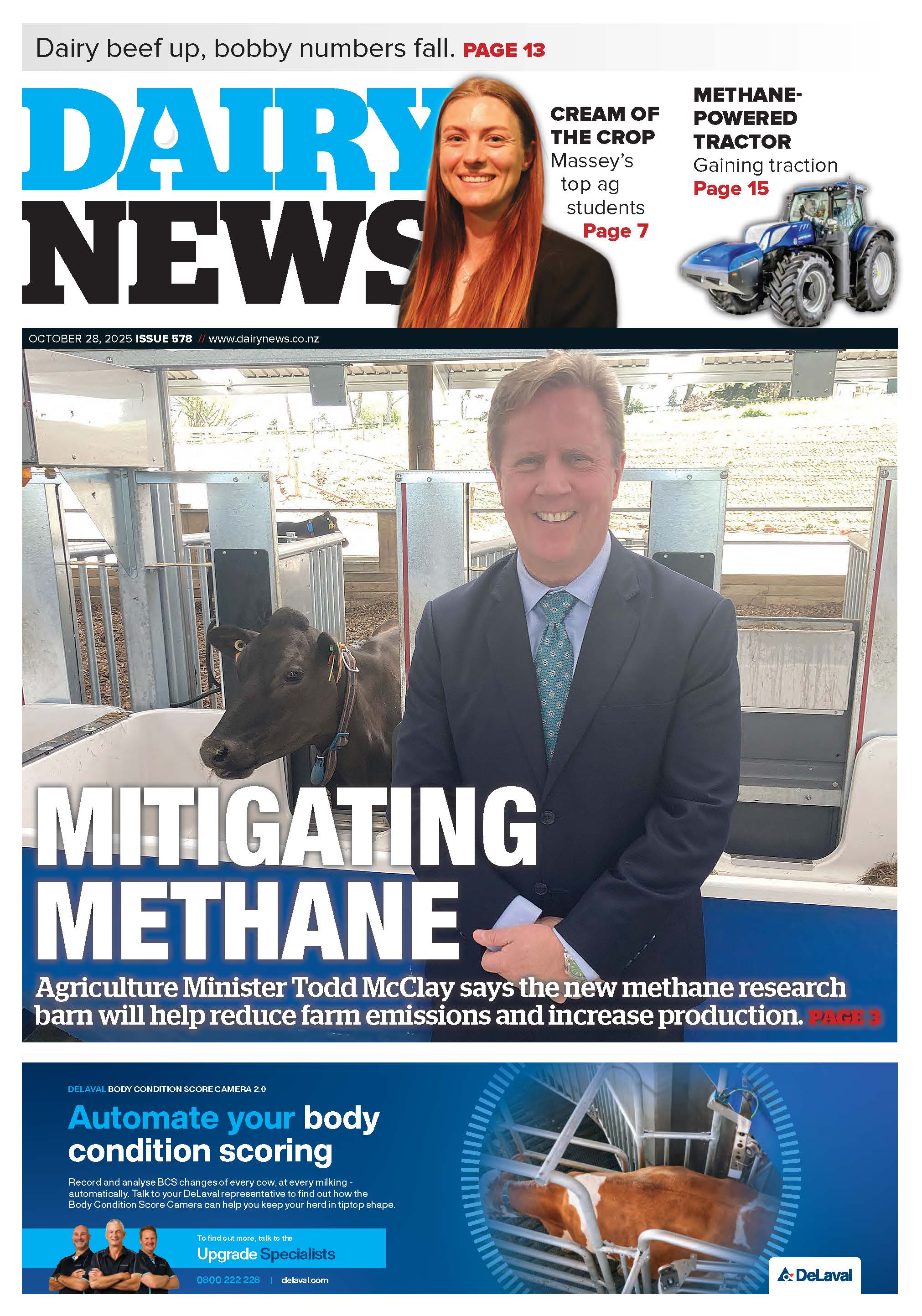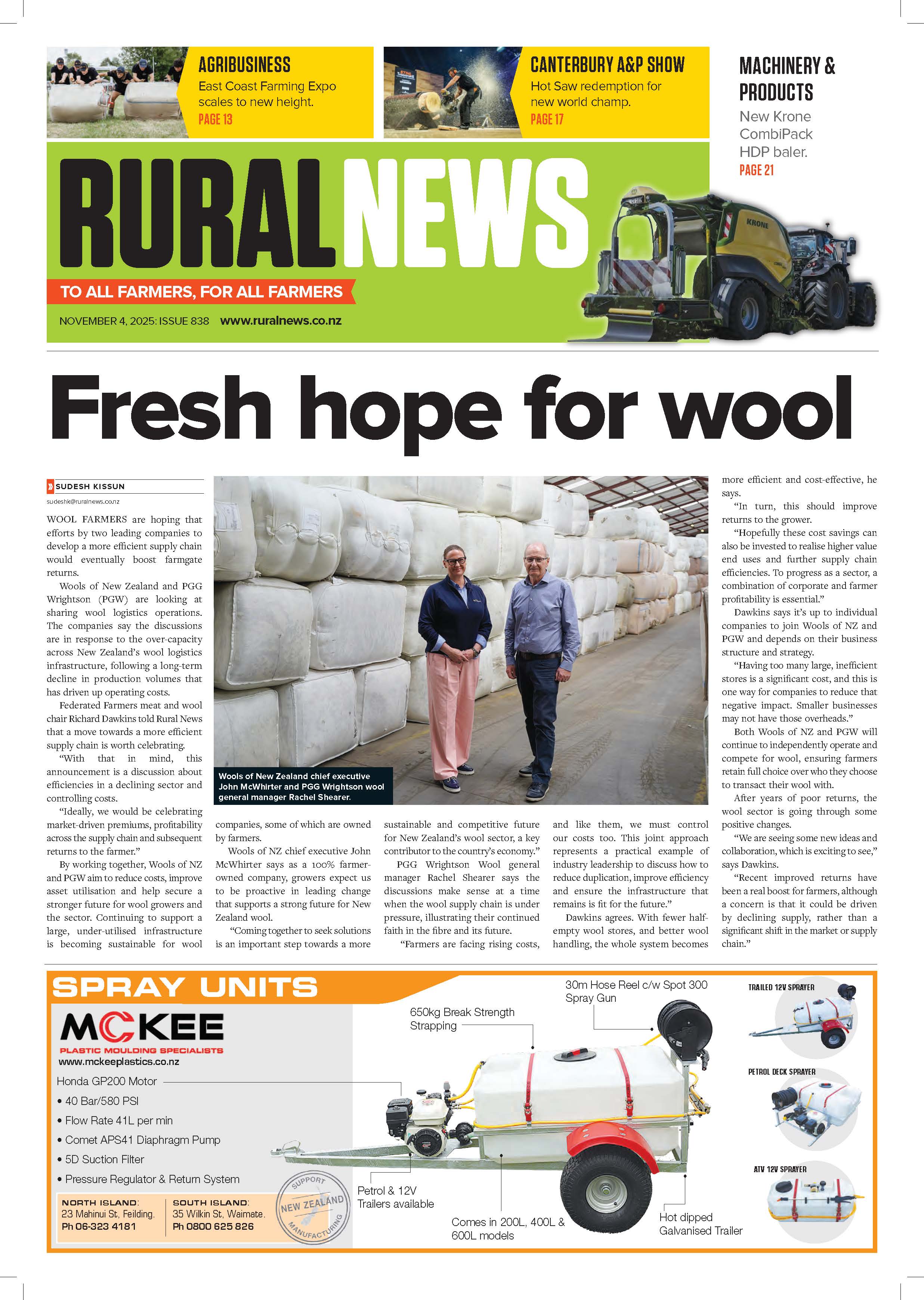Most new mastitis infections in this calving period are likely to be environmental (commonly Strep uberis), and for this infection to occur, the teat must come into contact with contaminated material (generally mud and/or faeces).
The cow’s natural defence mechanisms are already compromised in freshly calved cows and heifers by swollen, hard teats, and are then further compromised in wet conditions by mud and faeces on these teats.
While working with our clients to develop strategies to reduce this risk, two key risk elements have cropped up regularly that we think are worth thinking about on any farm.
1. Hygiene at the first milking
While pre-milking teat preparation is not routinely used in most Australian herds, there is good evidence that targeted use can be of significant benefit.
One such case is in freshly calved cows and heifers, especially in wet, muddy conditions.
Washing and drying all fresh cows’ and heifers’ teats at the first milking achieves several goals:
Removal of contamination from the teat surface before milking.
The washing action contributes to much better “let down” in both cows and heifers.
Post milking teat spray will be better able to contact and kill bacteria on the teat surface immediately after milking.
The emollient in your teat disinfectant will be able to get direct contact with teat skin to aid skin condition in these fresh cows and heifers with sensitive, swollen skin.
Drying teats after washing is very important, because cups going onto wet teats will likely lead to cup crawl and teat congestion – just what we don’t want!
This short routine will take less than a minute for most cows, yet will result in these fresh cows milking quicker and cleaner, and will also substantially reduce the risk of infection.
2. Milking routine
If you milk fresh cows “on the bucket”, then unless your dairy is already a low line, you will have “converted” it to a low line for these cows.
This means you will be milking them at a higher vacuum than normal - often significantly higher.
We recently measured the difference in one dairy, where cows “on the bucket” had a mean claw vacuum more than 8 kPa higher than cows being milked normally. We see a difference of up to 6 kPa quite commonly.
Which cows would you least like to milk at a much higher vacuum than normal?
The fresh cows and heifers, of course.
Two options to consider are:
Milk these cows last in the normal fashion (i.e. without “the bucket”) when the vat has been disconnected. Flush and disinfect the cluster after the main milking and prior to cupping up a fresh cow.
As a compromise, if you do use “the bucket”, make very sure that you do not over-milk these cows. Don’t wander off to do other jobs whilst they are milking – stay close enough to remove cups as soon as they have finished.
While these practices are relatively simple to implement, there are likely to be a number of other factors that could also be significantly increasing the risk of mastitis at and after calving on your farm.
Speak to your vet/mastitis adviser about a detailed management strategy for mastitis control at calving. It is likely to cost less than one typical clinical case of mastitis – and preventing at least one case shouldn’t be hard to achieve.
• Rod Dyson is principal veterinary consultant and team leader of Australian consultants, Dairy Focus, based in Tongala Victoria.





